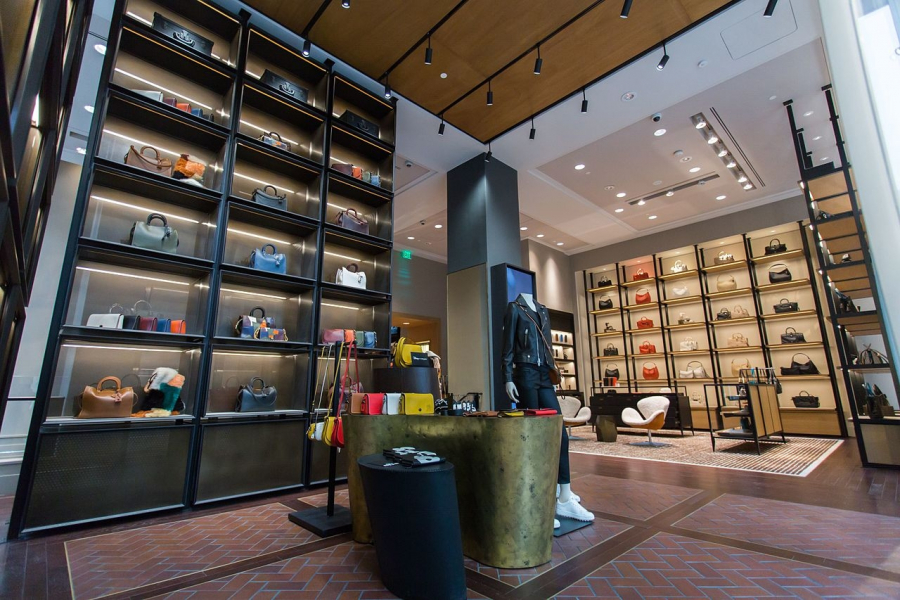As traditional forms of advertising like newspapers and television decline, marketers and fashion retailers like Tapestry Inc. [NYSE: TPR], Adidas AG [ETR: ADS] and Asos Plc [LON: ASC]) seek to capture the millennial market by turning to celebrities and influencers in high-profile collaborations. Millennials often respond better to influencers, since their voices are thought to be more authentic than the brand's own internally-sourced marketing campaigns. The authentic appeal that attracts the influencer's fan base may be harnessed to benefit partnering retail brands.
For instance, Tapestry Inc., the maker of Coach bags, have signed pop singer Selena Gomez to represent their brand and launch a product range. Gomez, who has 130 million followers on Instagram, was likely selected for her broad appeal to millennials. Tapestry Inc. hopes that with Gomez's help, the Coach brand will recover from its phase of waning popularity.

In 2016, advertisers worldwide have spent $570 million on courting and signing Instagram influencers. This number is set to continue growing. Influencers create web content promoting the brand, motivate their followers, encourage loyalty, and collaborate on retail collections. There is no direct way to determine the precise correlation between spending on influencer campaigns and the value received in return, though it is assumed that positive feedback comes in the form of increased sales. 70% of brands use influencers, and it is estimated to be a $1 billion industry on Instagram, with projected estimates of $5 billion in three years.
Certain platforms like rewardStyle exist to serve as a bridge between influencers and retailers. Many influencers receive commissions when retailers sell a unit that they've promoted on Instagram or Pinterest. Influencer marketing campaigns are unique because they help generate buzz and increase web traffic, attracting potential new customers and frequently creating tangible bottom-line benefits. Monetary value estimates for publicity generated by digital influencers are referred to as the "Earned Media Value." This "Earned Media Value" is calculated in terms of the number of likes, shares, and comments that social media influencers' posts garner.
But higher EMVs do not always directly correlate to higher sales growth. Both Gucci and Adidas have been used social media to their advantage, but even so, their increased sales have been mostly due to selling products that were already doing well with their customers. The social media promotions simply increased their publicity. Influencer campaigns have their limitations, and they cannot promote higher sales rates where the products themselves lack resonance with consumers. Engaging an influencer with a negative image can even harm sales, should the influencer's message conflict with the preferences of a brand's existing consumer base.
In contrast to celebrity influencer-driven media campaigns, other companies like REI have turned towards user-generated contact to drive more brand interaction. REI's user-engagement tactics seek to cultivate a shared online community, which feeds into its broader strategy of attracting customers that are loyal to the brand over the long term, as those values align with their own.
Expect companies to continue using social media to build customer engagement: according to consulting firm AT Kearney, the "top three principles" driving the market of the future will be "trust, influence, and personalization."


